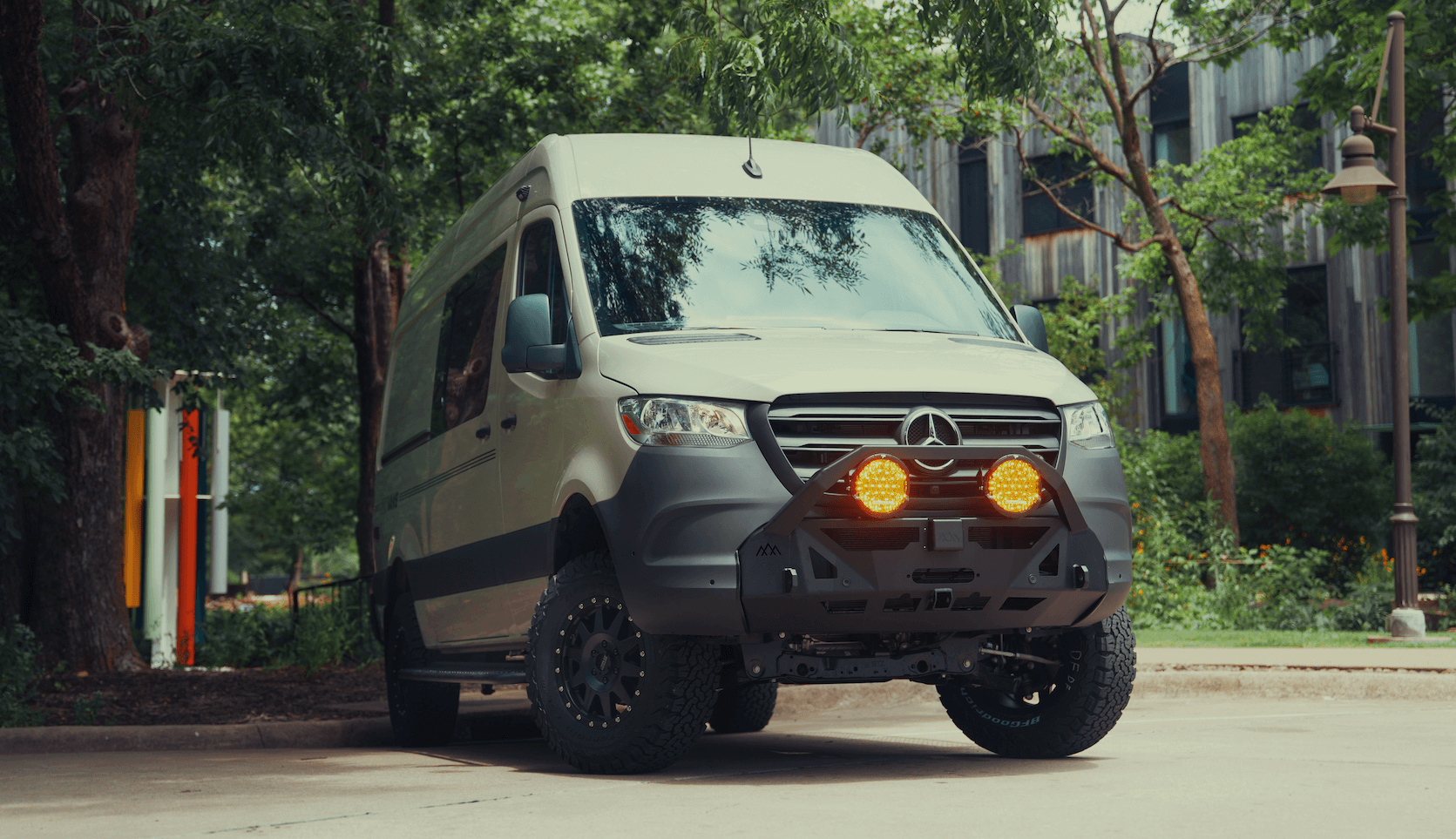Recreational Vans

Dry ice is frozen carbon dioxide that skips the melt and goes straight from solid to gas. That low temperature makes it a powerful tool for road trips where you want food safe and beverages cold for long stretches. Unlike water ice that pools and sloshes, dry ice leaves no liquid, which simplifies cleanup and keeps packaging from getting soggy.
Sublimation speed depends on insulation, outside temperature, lid openings, and the mass of dry ice you start with. In a quality hard sided cooler, ten to fifteen pounds can last a day to two days in mild weather, and more if you limit openings and add extra insulation. In summer heat or frequent use, plan for faster loss. Soft coolers are poor choices here because they vent too easily and offer limited insulation.
Safety is the non negotiable. Touching dry ice can cause frostbite. Always use insulated gloves or tongs to handle it. Carbon dioxide gas must vent freely. Never seal dry ice in an airtight container or fully latch a lid without a way for gas to escape, because pressure can build and damage containers. Keep the cooler in a well ventilated spot, crack a window during transport, and avoid sleeping in a closed vehicle with dry ice inside.
A proven approach is to place dry ice at the bottom for deep cold, then add a thin cardboard or towel barrier so delicate foods do not freeze on contact. Stack frozen items just above the barrier, then place refrigerated items on top. If you need to keep produce crisp, push it toward the top and away from direct contact with dry ice to avoid freeze damage.
You can combine dry ice with regular ice for different zones. Use dry ice to create a freezing shelf for meats and long haul items, and pack a top corner with cubes for drinks and quick grab snacks. Wrap dry ice in butcher paper to slow sublimation and protect packaging. Keep lids closed as much as possible, and pre chill anything that goes into the cooler to reduce the workload.
A ballpark starting point for a typical hard cooler is ten to twenty pounds per day if you want significant freezing power in warm weather. For shoulder season travel, you may get by with half that. Large coolers with more air space waste cold, so fill voids with towels or extra frozen water bottles. Open the lid in short bursts and plan meals to minimize rummaging.
For medication or temperature sensitive items, pack them in a small container inside the main cooler so you can access them without dumping the cold. Use a digital thermometer with a probe to watch temperatures. Food safety lives at forty degrees or colder, and freezing is helpful for longer holds.
Dry ice is sold by the pound at many grocery stores, ice suppliers, and gas distributors. Prices vary by region, often two to four dollars per pound. Ask for blocks if you want slower sublimation, pellets if you want to mold around odd shaped items. For disposal, let the remainder sublimate in a well ventilated outdoor area out of reach of children and animals. Do not dump in sinks or toilets. Do not seal it in bags or place it in a closed trash can.
As for transport, keep the cooler shaded and out of direct heat to extend life. Crack a window while you drive. If you are camping, leave the cooler under a table or in a breezy spot. If you are staying at a hotel, ask staff for help staging the cooler in a ventilated area rather than an enclosed closet.
A little planning goes a long way. Pre freeze meals, rotate day by day sections, and label containers so you grab quickly and close the lid fast. With smart packing, a family can keep food safe for a weekend loop or a multi day push across the plains without paying for constant ice refills.
Now, if you want this cold chain to dovetail with your rig, think about where the cooler rides, how it vents, and how you access it at a trailhead. Integrated storage, power for a fridge freezer alternative, and lighting around your camp zone make the difference between a scramble and a smooth stop.
A road trip build thrives when cooling, storage, and workflow are designed together. If you are eyeing a purpose built travel van, explore our recreational platform options to see how cold storage and camp systems fit into the whole travel picture. Smart layouts can include slide platforms for coolers, cargo tie points, and ventilation paths that keep carbon dioxide from pooling.
Whether you choose dry ice, a powered fridge, or a hybrid plan, we can route power, design storage, and engineer airflow so cold stays where it belongs and your food stays safe. Tell us how you travel and we will spec the right cooling solution into a van built for your miles.
Strong finish for your trip plans. Share your route and wish list, and our team will map a build that keeps meals cold, gear secure, and travel days easier from morning coffee to lights out.
Ready to roll with a road trip setup that stays cold, quiet, and organized for real conditions on the highway and trail. Tell us how you travel and we will build the cooler strategy, power system, storage, and lighting into a custom van that suits your miles. Start your build with OZK Customs and turn road trip plans into a dependable rig.
ADDRESS:
6159 E Huntsville Rd, Fayetteville, AR 72701
PHONE:
(479) 326-9200
EMAIL:
info@ozkvans.com